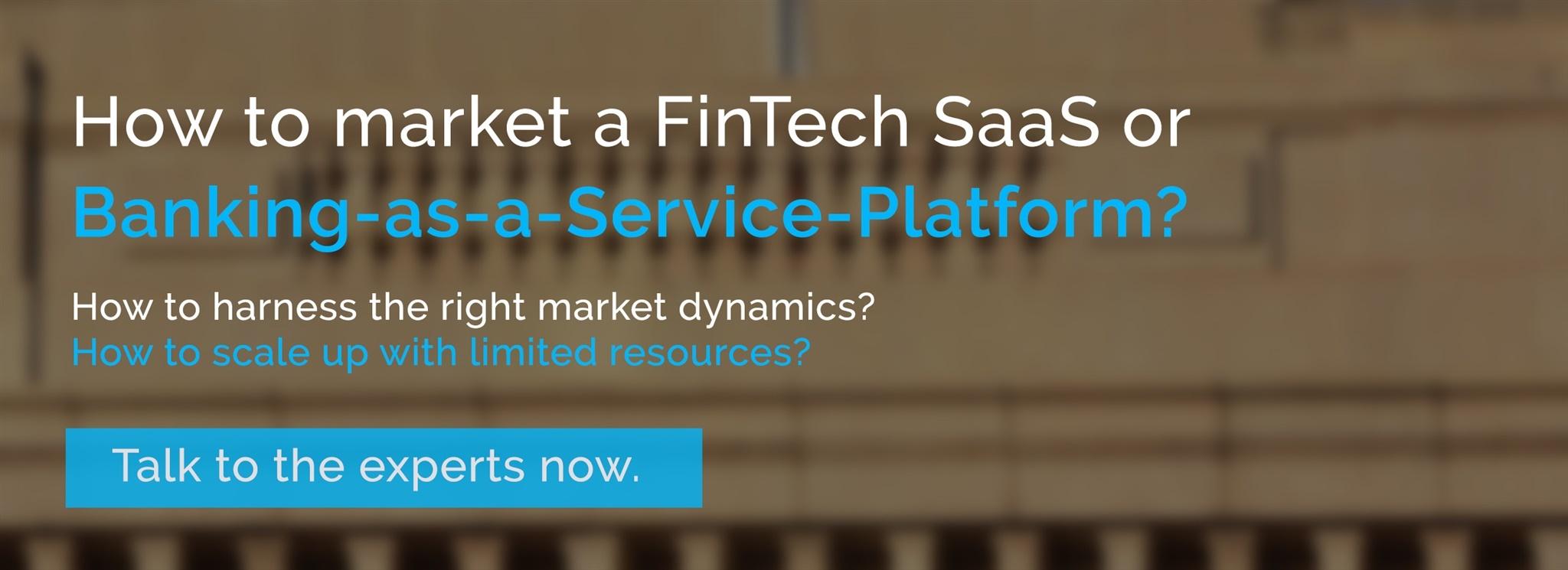What the European Economic Union did for creating a single market in Europe, the PSD2 aims to do for the digital market.
Part 1 of our series: The Revised Payment Services Directive PSD2- The quest for a pan-European payments utopia
Many commentators have opined that the ultimate objective of PSD2 is to create a "level playing field" between the traditional banks and upcoming FinTech challengers. While this might indeed be true, the actual benefits of PSD2 will accrue to those market participants who are flexible enough to make use of their existing strengths and innovative enough to make use of these new opportunities. Therefore, the opportunities are open to all players - traditional/ online banks, FinTech companies and existing technology giants.
What exactly is the PSD2?
The PSD2 or the Revised Payments Services Directive was a proposal to promote innovative and safer payment technologies and processes in the Europe Economic Area. The proposal was adopted by the European parliament in October 2015 and member states are required to implement it locally within two years.
The need for creating PSD2 or a revised proposal was felt when the European Commission studied some of the shortcomings of the original proposal and decided to make improvements. More specifically, inadequate security features and a failure to bring in the desired level of homogeneity in the EU payments landscape is what prompted the creation of the PSD2.
What does PSD2 bring to the table?
The primary thrust of PSD2 is towards bringing in interoperability. The most striking feature perhaps is that it allows for third-party entities to access information about a bank customer through an open API (Application Program Interface). Such access would allow a new type of service provider called the Account Information Service Provider (AISP) to retrieve transaction related information from one or more of a customer's bank accounts. This information could then be used in a variety of ways to benefit the customer, who obviously has to approve any such access beforehand. For example, the customer can use advanced analytical tools provided by the AISP to see his spending habits or even aggregate all his financial information from different accounts into one single screen. There are also possibilities in the field of customer analytics.
But wait, it gets better!
The access is not only restricted to information, however. A second and more involved type of access can be granted to Payment Initiation Service Providers (PISPs) which allows them to initiate transactions on a customer's behalf! This would allow a user to make payments from any suitable PISP without having to log in to his bank account or provide any credit card details. For example, a user could simply log into his social media account, select a person from his friend list, enter an amount like he would enter an instant message, and hit pay (or send!). And all of this would still happen with the actual money being in your secure bank account, only the front end changes.
Something similar could also be done by an online retailer. Once you agree to provide access to the online retailer, they could pull the necessary information from your bank account (using an open API) and display it on their portal or app itself. From there you could instantly make the payment without having to enter your account or credit card details. Think of it like having a digital wallet with a retailer but the wallet is your actual bank account. It could potentially eliminate the need for maintaining separate wallets (where balances don't earn interest) with multiple retailers.
The possibilities with PSD2 are only limited by the imagination of innovators. In Part 2 of this series we take a look at the substantial business opportunities and challenges that the revised regulations provide for all market participants.
References
- Read more articles on FinTechs in VentureSkies' blog section.
- Read more on the services and packaged solutions which VentureSkies offers for FinTechs.
- PSD2 Directive - DIRECTIVE (EU) 2015/2366 OF THE EUROPEAN PARLIAMENT AND OF THE COUNCIL of 25 November 2015 on payment services in the internal market, amending Directives 2002/65/EC, 2009/110/EC and 2013/36/EU and Regulation (EU) No 1093/2010, and repealing Directive 2007/64/EC (2015), The European Parliament and the Council of the European Union.
- DIRECTIVE 2007/64/EC OF THE EUROPEAN PARLIAMENT AND OF THE COUNCIL of 13 November 2007 on payment services in the internal market amending Directives 97/7/EC, 2002/65/EC, 2005/60/EC and 2006/48/EC and repealing Directive 97/5/EC (2007), The European Parliament and the Council of the European Union.
Photo: "European Parliament", Courtesy of Francois Schnell, Flickr, (CC BY 2.0)
